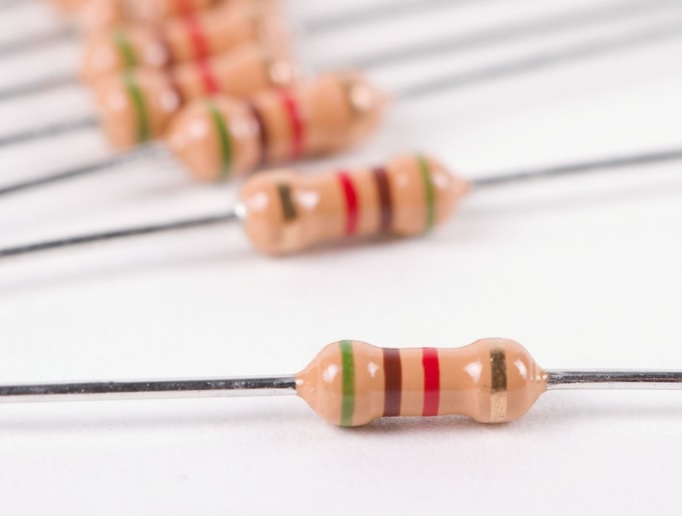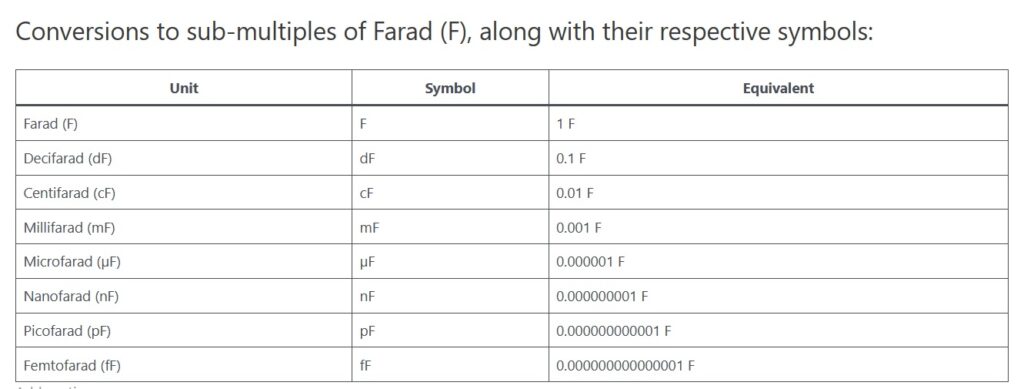Electrical measurements play a crucial role in various fields, including engineering, physics, and electronics. They allow us to quantify and analyze electrical quantities such as voltage, current, resistance, and power. To make accurate measurements, specialized instruments are used, each designed for specific purposes. Let’s delve into the realm of electrical measurement and instruments to understand their significance and functionality.
Importance of Electrical Measurement:
Electrical measurements are essential for numerous reasons:
- Quality Assurance: In manufacturing processes, electrical measurements ensure that products meet quality standards. For instance, measuring the resistance of components guarantees they are within specified tolerances.
- Diagnostic Purposes: Electrical measurements help diagnose faults and troubleshoot problems in electrical systems. Anomalies in voltage, current, or resistance values can indicate issues such as short circuits or open circuits.
- Safety: Proper measurement of electrical parameters ensures safety for both equipment and personnel. Monitoring voltage levels, for example, prevents overloading circuits and potential electrical hazards.
- Research and Development: In scientific research and product development, precise electrical measurements provide valuable data for analysis and optimization.
Common Electrical Instruments:
- Multimeter: This versatile instrument combines several measurement functions into one device, including voltage, current, and resistance. Multimeters come in analog and digital variants, with the latter being more common due to their accuracy and ease of reading.
- Oscilloscope: An oscilloscope displays the waveform of electrical signals in real-time, enabling detailed analysis of voltage and current variations over time. It is invaluable for diagnosing signal integrity issues and analyzing electronic circuits.
- Function Generator: Function generators produce precise waveforms such as sine, square, or triangular waves. They are used in testing and calibration of electronic equipment and for generating specific signals in experiments.
- Power Analyzer: Power analyzers measure electrical power parameters such as voltage, current, power factor, and harmonics. They are essential for evaluating energy consumption, optimizing power usage, and ensuring compliance with energy efficiency standards.
- Clamp Meter: This handheld device measures current by clamping around a conductor without the need for physical contact. Clamp meters are convenient for measuring current in tight spaces or in circuits where breaking the circuit is impractical.
Questions:
1. What is the purpose of electrical measurements?
2. Why is it important to use specialized instruments for electrical measurements?
3. How does a multimeter differ from an oscilloscope?
4. What are some common applications of a function generator?
5. How does a clamp meter work, and when is it used?
Answers:
1. What is the purpose of electrical measurements?
Electrical measurements serve to quantify and analyze electrical quantities such as voltage, current, resistance, and power. They are essential for quality assurance, diagnostics, safety, and research purposes.
2. Why is it important to use specialized instruments for electrical measurements?
Specialized instruments offer accuracy, precision, and functionality tailored to specific measurement tasks. Using the right instrument ensures reliable data acquisition and analysis, leading to informed decision-making.
3. How does a multimeter differ from an oscilloscope?
A multimeter measures voltage, current, and resistance, typically providing numerical readouts. An oscilloscope displays the waveform of electrical signals in real-time, allowing detailed analysis of signal characteristics such as frequency, amplitude, and phase.
4. What are some common applications of a function generator?
Function generators are used in testing and calibration of electronic equipment, generating specific waveforms for experiments, and simulating various signal conditions in circuit design and analysis.
5. How does a clamp meter work, and when is it used?
A clamp meter measures current by clamping around a conductor, inducing a magnetic field proportional to the current flowing through the conductor. It is used in situations where direct contact with a conductor is impractical or unsafe, such as in high-voltage circuits or tight spaces.


